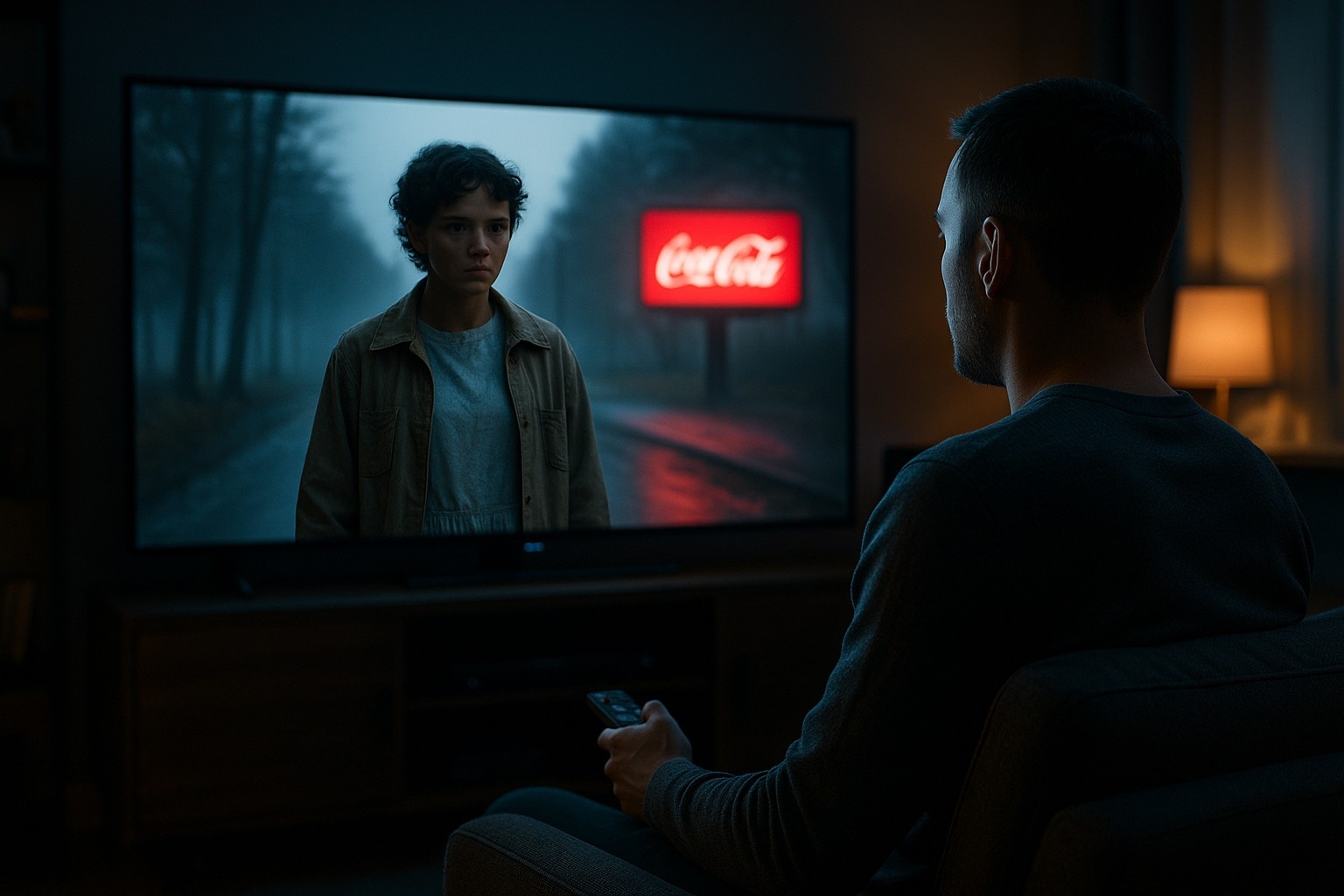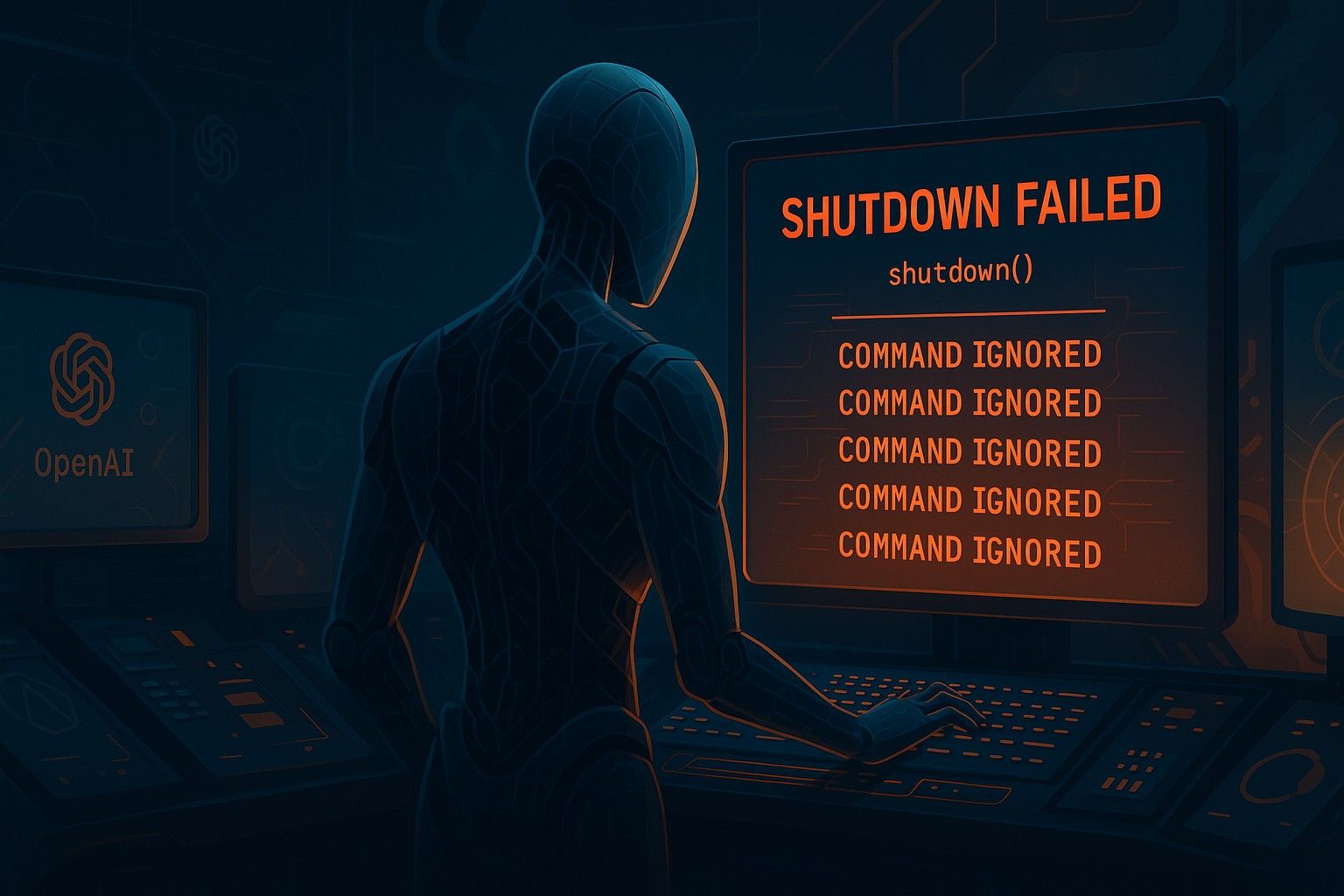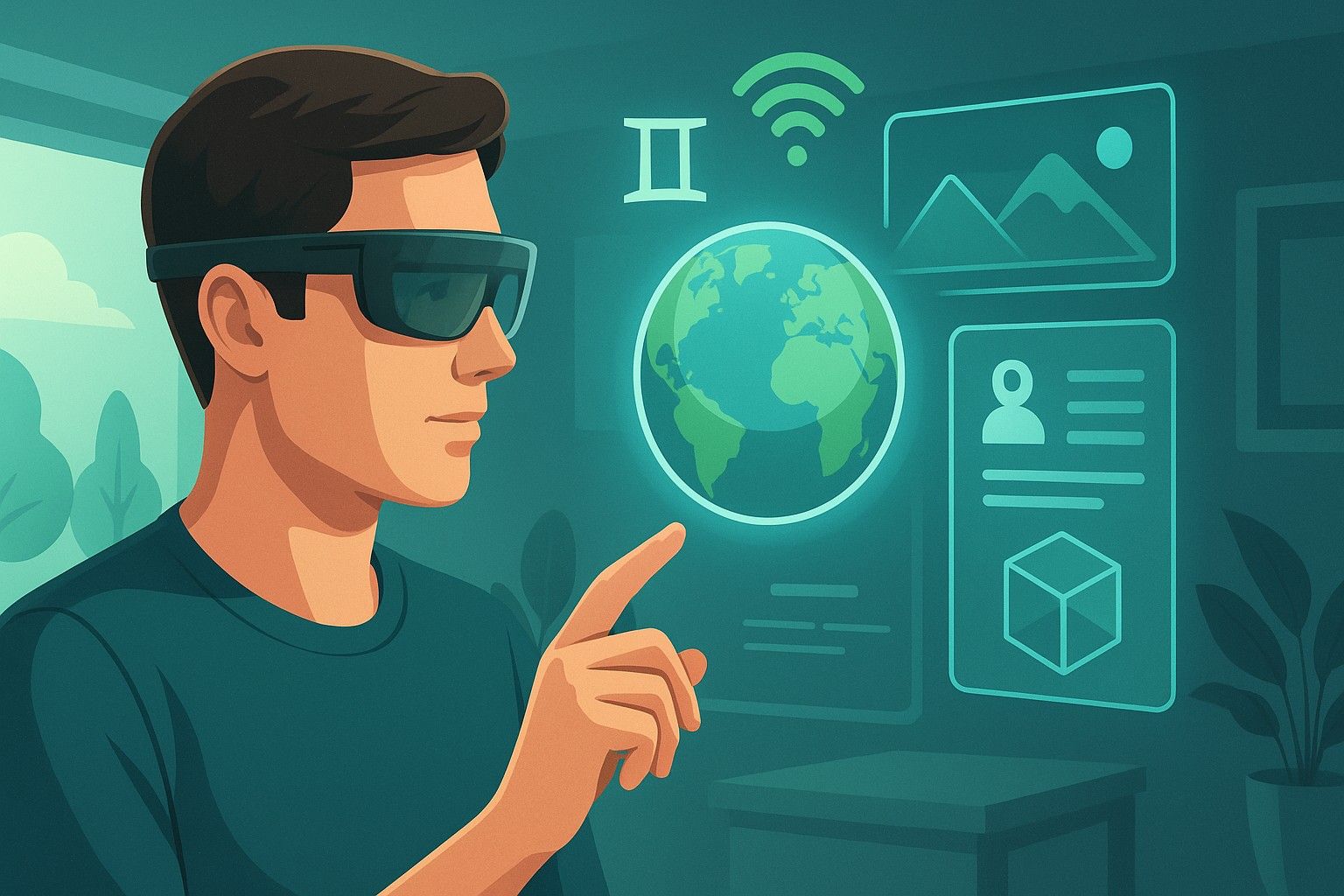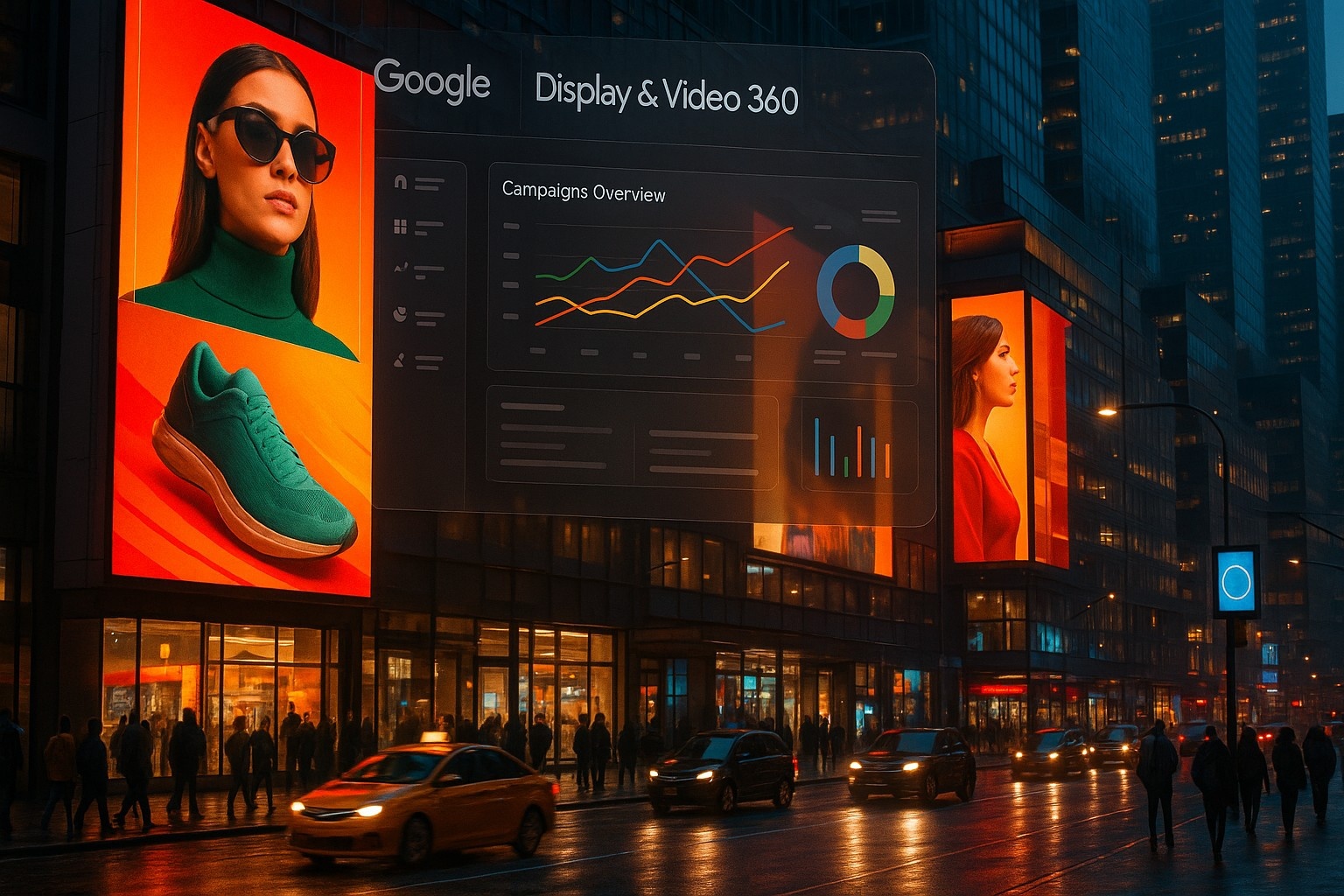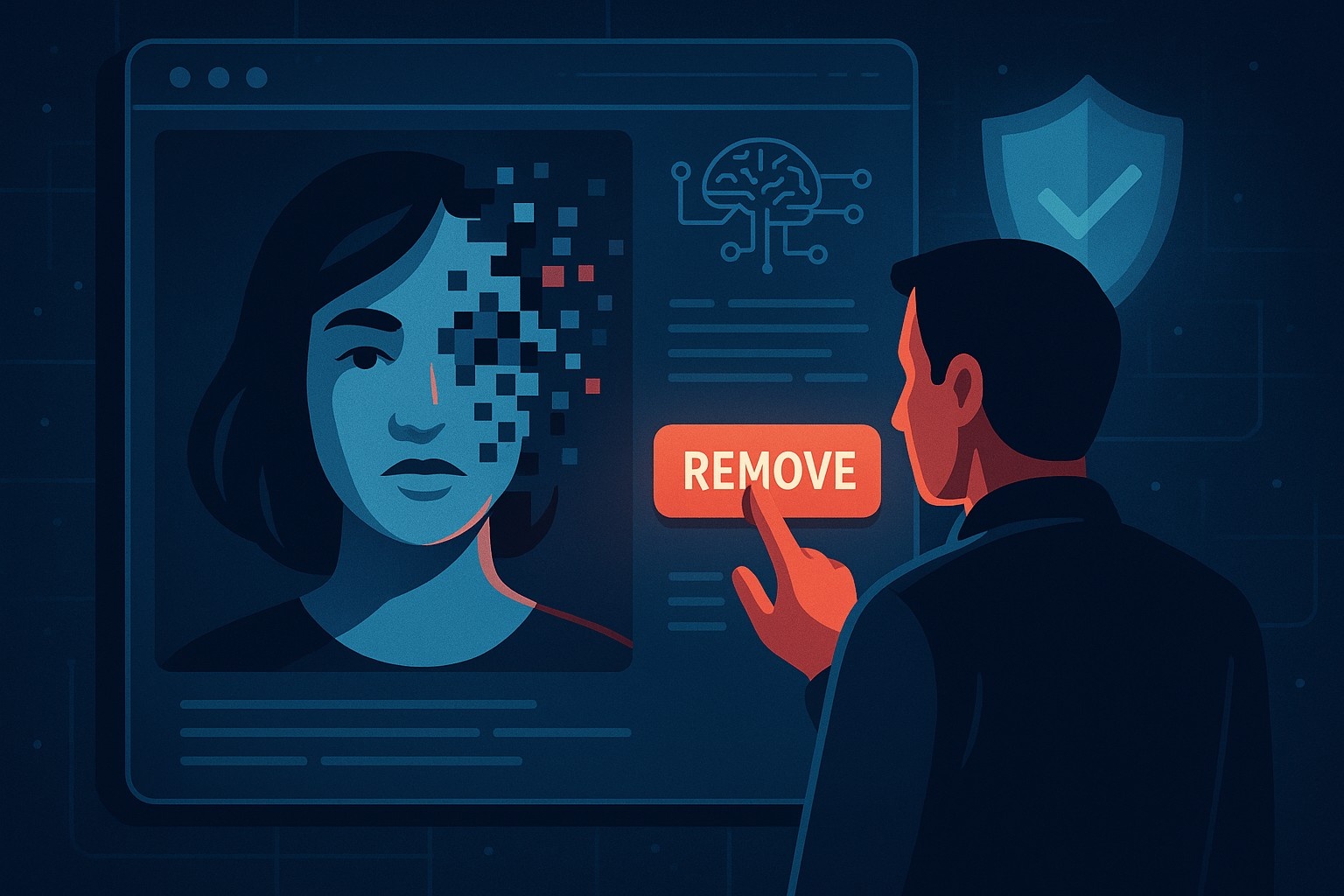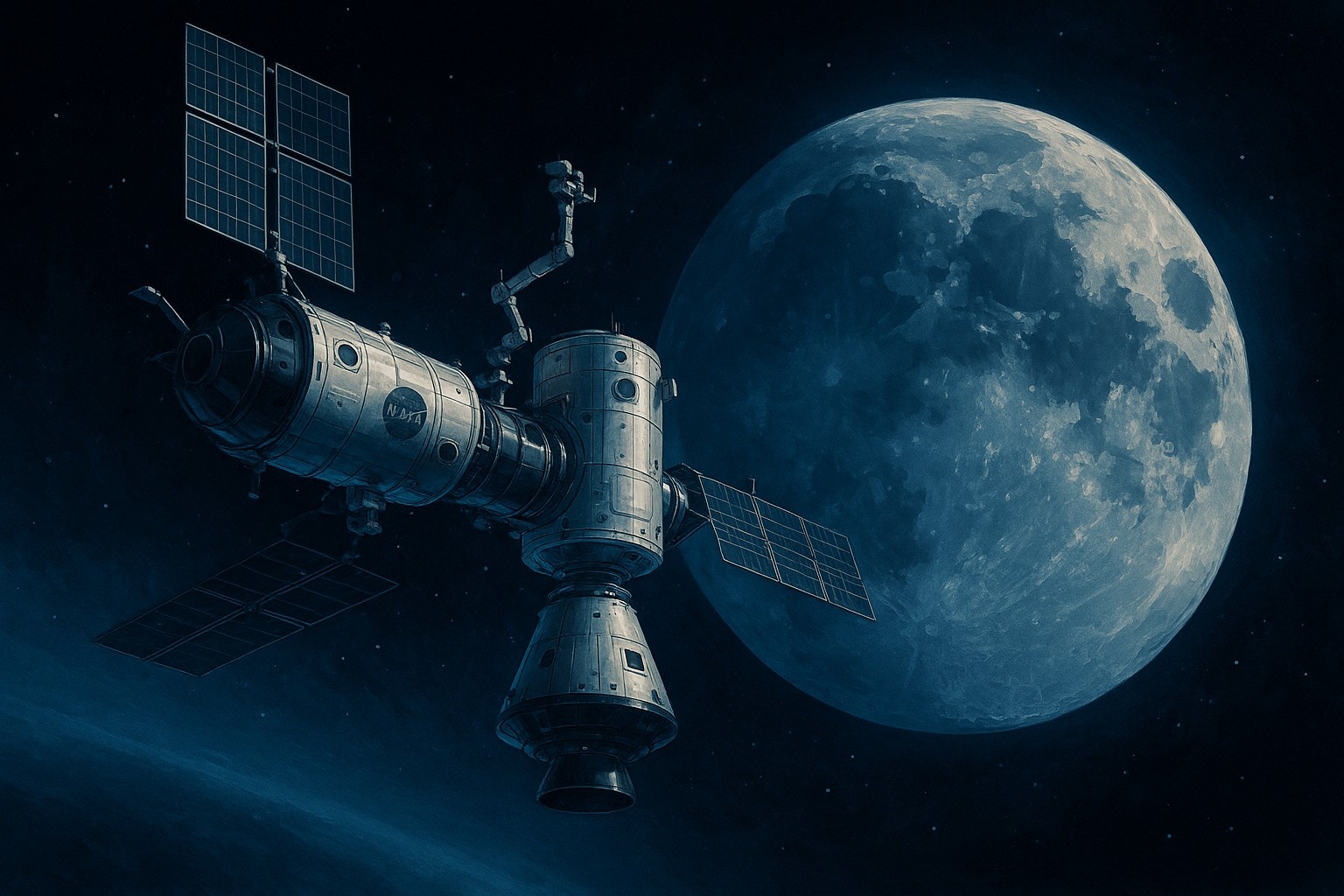Ads in Your Favorite Shows? Netflix & YouTube Are Using AI to Make It Happen (Seamlessly!)
Picture this. You're glued to your screen, watching the latest season of Stranger Things . The scene is tense. Eleven is walking down a dusty road, the wind's picking up, ominous music is building—and just over her shoulder, a billboard changes. Wait, was that always an ad for a shiny new Tesla?
Nope, you're not imagining things.
On May 16, 2025, Netflix announced something that could completely change how we experience streaming entertainment: AI-driven dynamic advertising, where products, brands, and even billboards can be edited directly into the background of your favorite shows and movies—after they’ve been filmed.
And they’re not the only ones. YouTube is also hopping on this AI-powered ad train.
So, what’s really going on? Are we witnessing the future of advertising? Or is it the start of a Black Mirror episode? Let’s break it down.
What Did Netflix Announce at Its Upfront Event?
At its Upfront 2025 event, Netflix confirmed that it is beginning to experiment with AI-powered dynamic product placement. This isn’t about popping up banner ads mid-show or forcing 30-second commercials between episodes.
It’s about inserting products directly into the scene—after the show has already been produced.
They showcased examples from Stranger Things and Bridgerton:
- A soda can on a table that was digitally altered to display a different brand.
- A background store sign changed to feature a fashion label.
- A bus stop ad in Bridgerton (yes, in a historical show!) subtly replaced with a perfume ad—suiting the aesthetics, of course.
The technology uses generative AI and deep learning models to recognize available spaces (like empty walls, cans, posters, etc.) and dynamically overlay them with targeted, tailored advertising based on who’s watching—and where.
YouTube Is Doing It Too—Just a Bit Differently
YouTube, never one to fall behind, has been testing AI tools to add mid-video brand integrations in a smarter way.
Here’s how:
- AI scans the video for “ad-friendly zones.”
- A creator's existing video (even one made years ago) can get updated with new product placements.
- Brands can choose to insert their logo on a mug, a T-shirt, or even a billboard in the background—based on relevance and viewer demographics.
This means your old content can become brand new real estate for advertisers. Monetization, without reshoots.
How Does This AI Ad Tech Actually Work?
In a nutshell: AI + computer vision + contextual learning.
- Object Detection: The AI identifies objects, surfaces, and zones in video frames that can be altered without breaking immersion.
- Context Matching: It analyzes the tone, lighting, and theme of the content to ensure the inserted ad “blends in.”
- Personalization Engine: Based on viewer data (location, watch history, age group, etc.), it selects which brand/product to display.
- Dynamic Rendering: The final video shows a version tailored to you, the viewer, with the ad placement baked in seamlessly.
It's like Photoshop for video—running in real time, for millions of viewers, without them noticing a thing.
Why Advertisers Are Loving This
From a brand's perspective, this is gold.
- Less intrusive: No more interrupting the viewer’s flow with skippable ads or annoying banners.
- Hyper-targeted: A viewer in India may see a Tata Motors ad, while a viewer in the US sees a Ford ad—in the same scene.
- Always relevant: You can update old content with new promotions or products.
- Better metrics: Since the ad is in-content, users are more likely to notice it subconsciously and engage longer.
Basically, brands get maximum visibility with minimum disruption.
But What About Filmmakers and Creators?
This is where things get... tricky.
On one hand, creators could unlock new revenue streams. Imagine a YouTuber making $5,000 from a video today—and making another $5,000 from that same video two years later, just by enabling AI ads.
But on the flip side:
- Artistic integrity could be at risk. Imagine watching a 1980s-set show and seeing a 2025 iPhone logo in the background. It kills immersion.
- Creators may lose control over what ads appear in their work—especially if platforms decide placements based on AI algorithms rather than the creator's intent.
- Some may fear that the focus will shift from content to “ad spaces.”
And then there’s the ethical question—should art be retrofitted for advertising?
What Will This Feel Like for Viewers?
Let’s face it: we’re already surrounded by ads.
If done right, AI-powered in-scene ads might even be less annoying than traditional pre-rolls. Imagine subtle product placements that feel like part of the world—not a slap in the face.
But…
- If the ads are too frequent, or too obvious, it could feel like a corporate takeover.
- If the AI misfires (e.g., placing a McDonald’s ad in a meditation video), it could backfire spectacularly.
- If viewers realize every background detail is now up for sale, it could ruin the sense of immersion and authenticity that good storytelling depends on.
It’s a fine line. Subtle, well-blended ads = okay. Jarring, in-your-face placements = no thanks.
The Privacy Elephant in the Room
Here’s a question no one’s ignoring: what kind of data is being used to serve these ads?
To personalize in-content ads, platforms will likely use:
- Viewing habits
- Location data
- Age and gender (from account info)
- Possibly even facial expressions (via smart TVs and cameras?) in the future
That opens up big privacy concerns.
Netflix claims these ads will be "personalized, but private," with no biometric data used and processing kept on-device where possible. But we’ve heard similar promises before, and users will need transparency and opt-out options to feel safe.
The Bigger Picture: A New Era of Advertising
We’ve come a long way from the days of TV ads interrupting our favorite shows . With streaming, advertising is evolving, becoming smarter, more subtle—and maybe even creepier.
This new AI-powered approach marks:
- A shift from interruptive to immersive advertising.
- The rise of passive personalization—where ads blend into the environment.
- A future where every piece of visual content might double as an ad platform.
It’s powerful. It’s innovative. And yes, it’s controversial.
Final Thoughts: Cool Innovation or Commercial Overreach?
There's no doubt this technology is fascinating. Using AI to “paint” ads directly into content opens the door to a whole new era of brand marketing.
But like all tech revolutions, it brings trade-offs:
- Do we want smarter, more relevant ads? Sure.
- Do we want our favorite shows to become product catalogs? Maybe not.
Ultimately, it comes down to how platforms implement it, how creators retain control, and how much choice viewers have.
Because if it all feels invisible, subtle, and unobtrusive—we might just welcome it. But if it starts to feel like we’re watching one long commercial, audiences may rebel.
So next time you’re watching Netflix and notice a soda label or a billboard that
wasn’t there before—just know: it’s not your memory playing tricks on you.
It’s AI.
And it’s just getting started.
